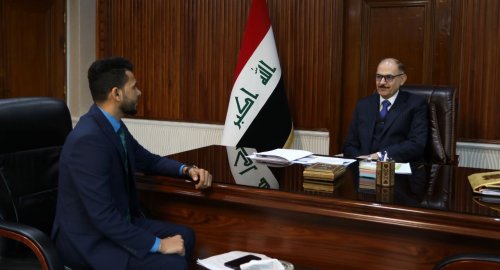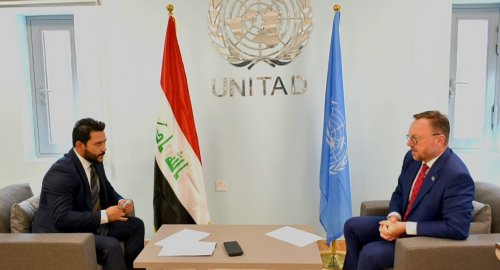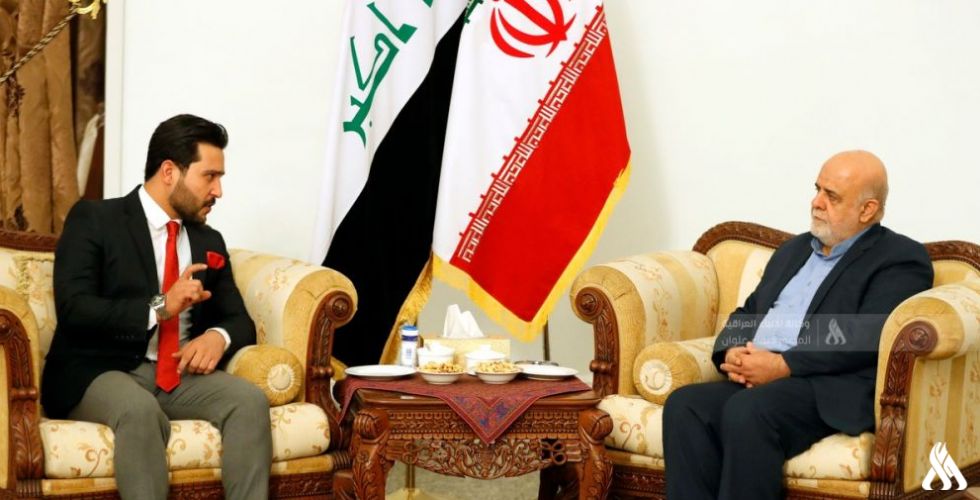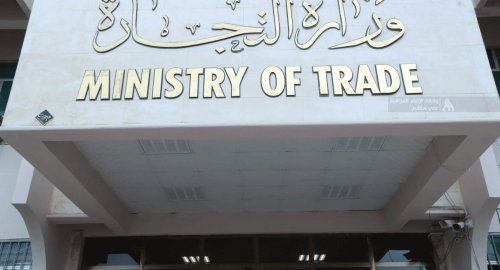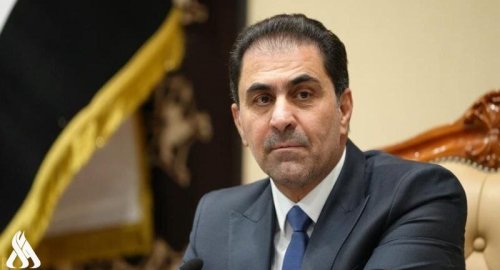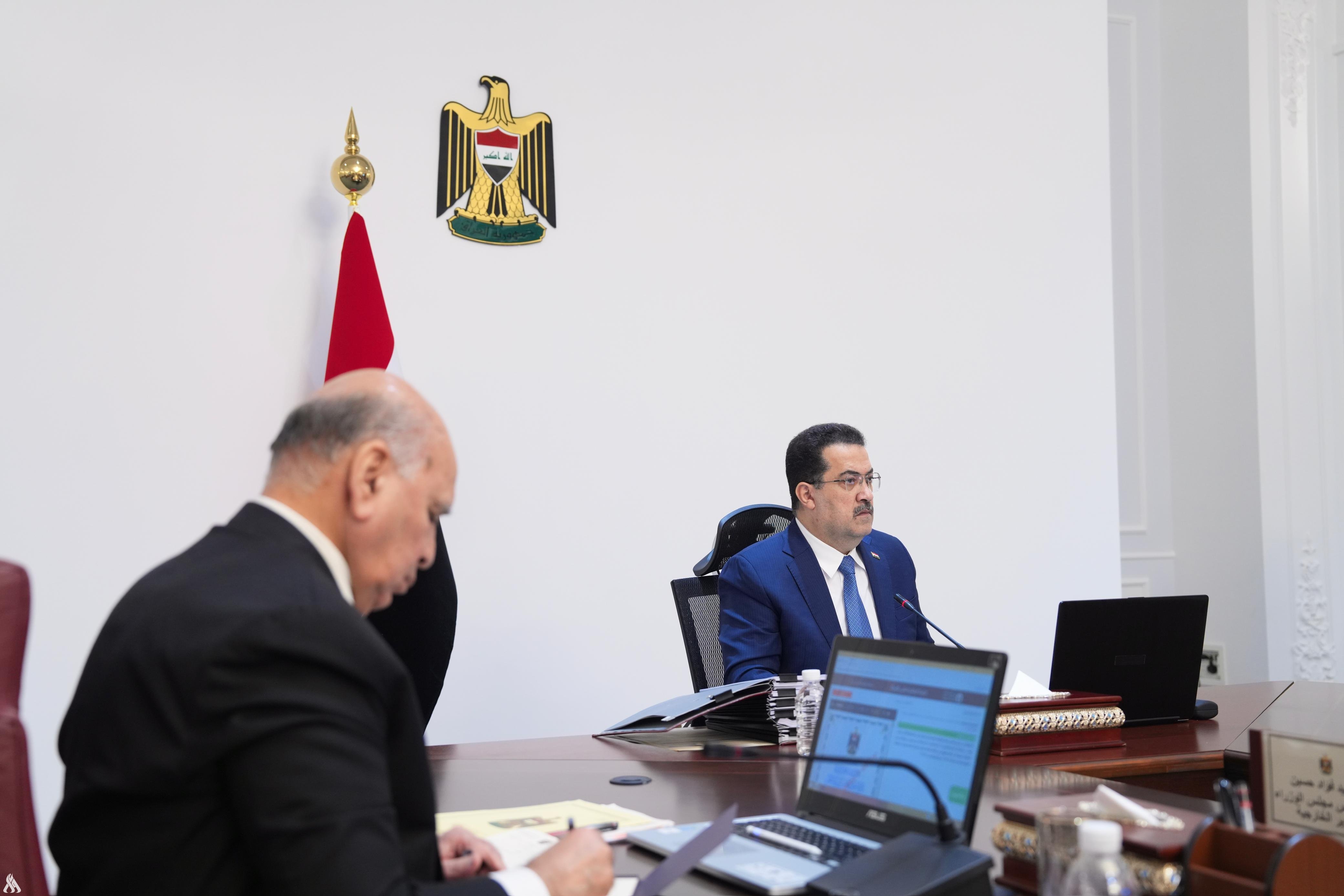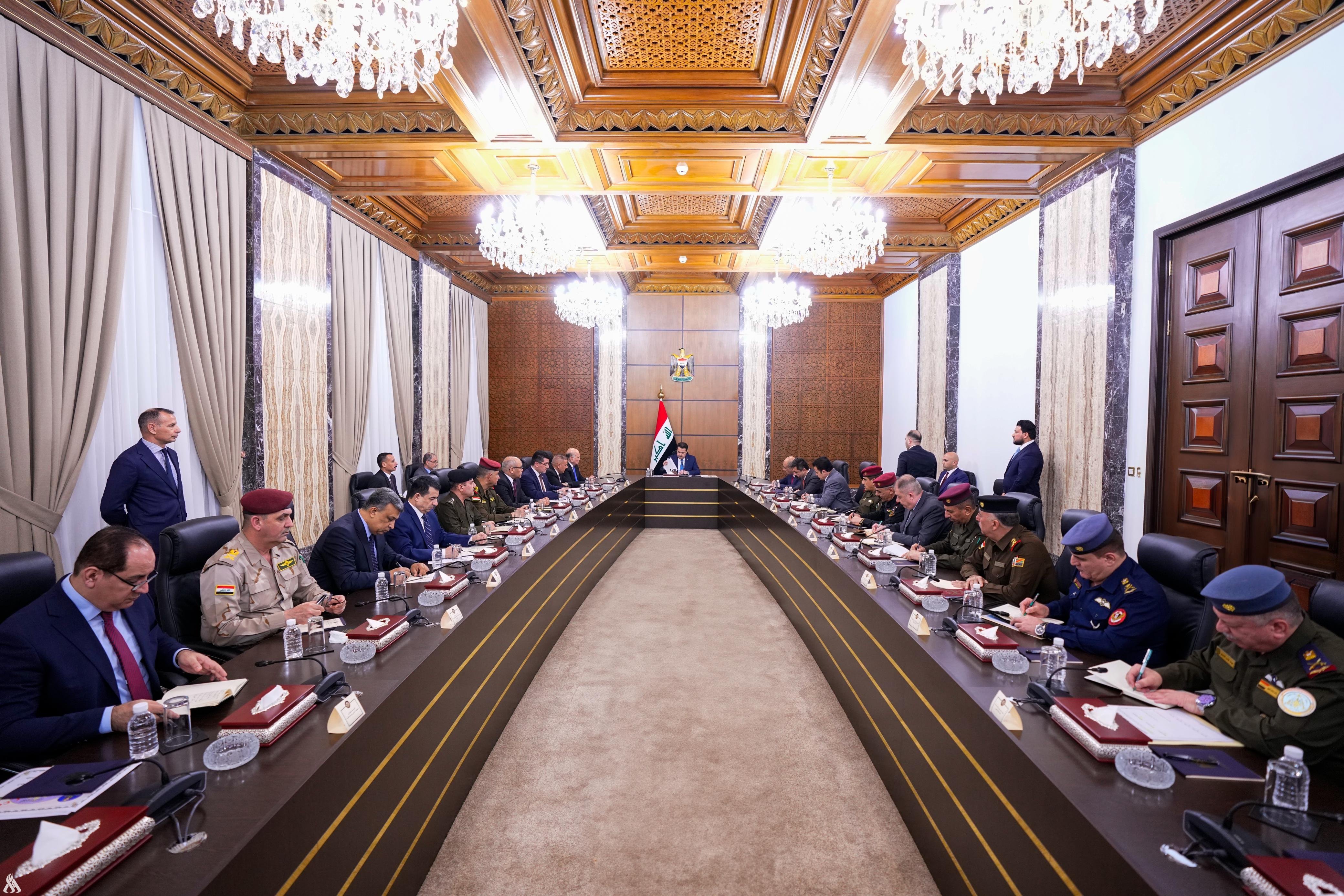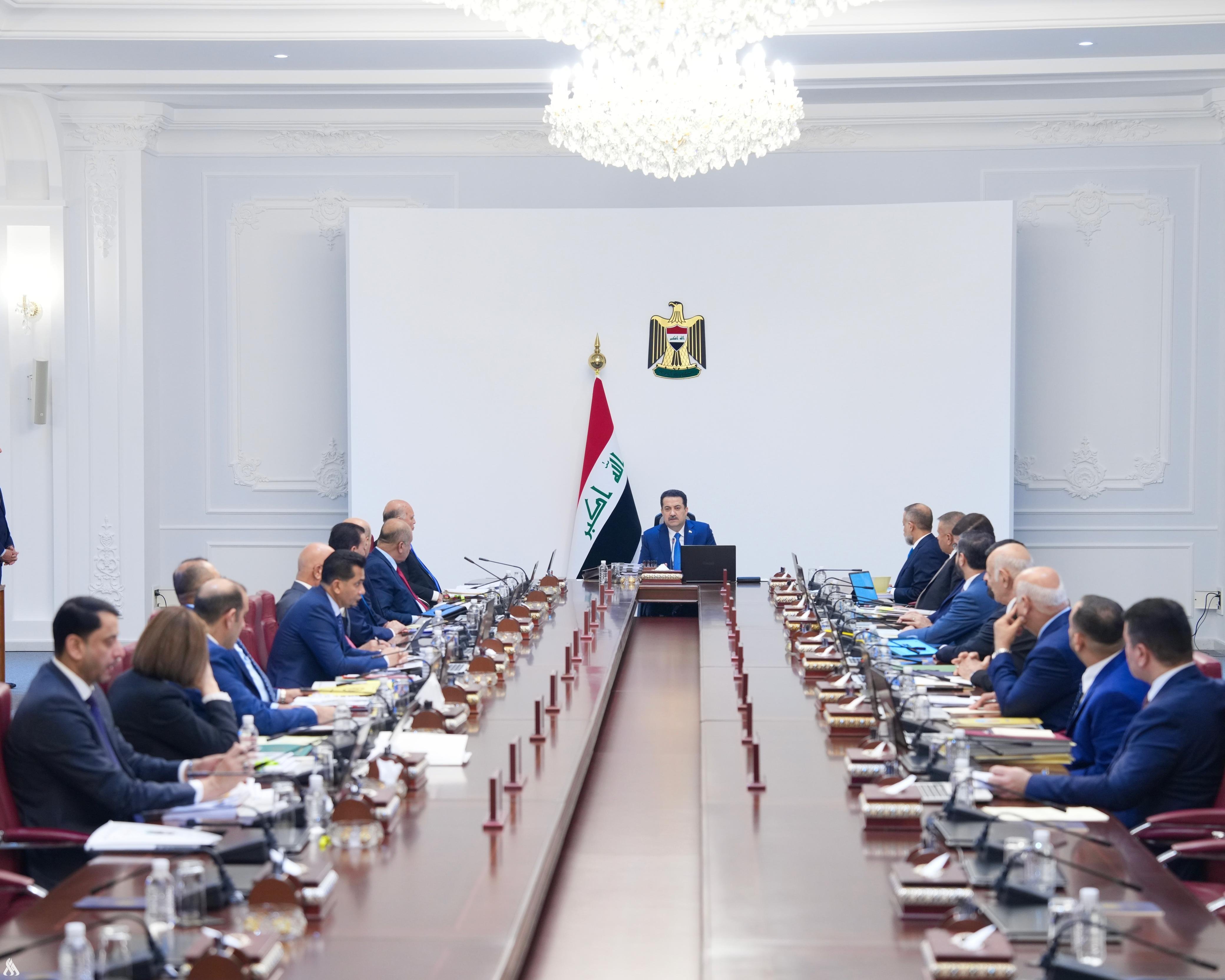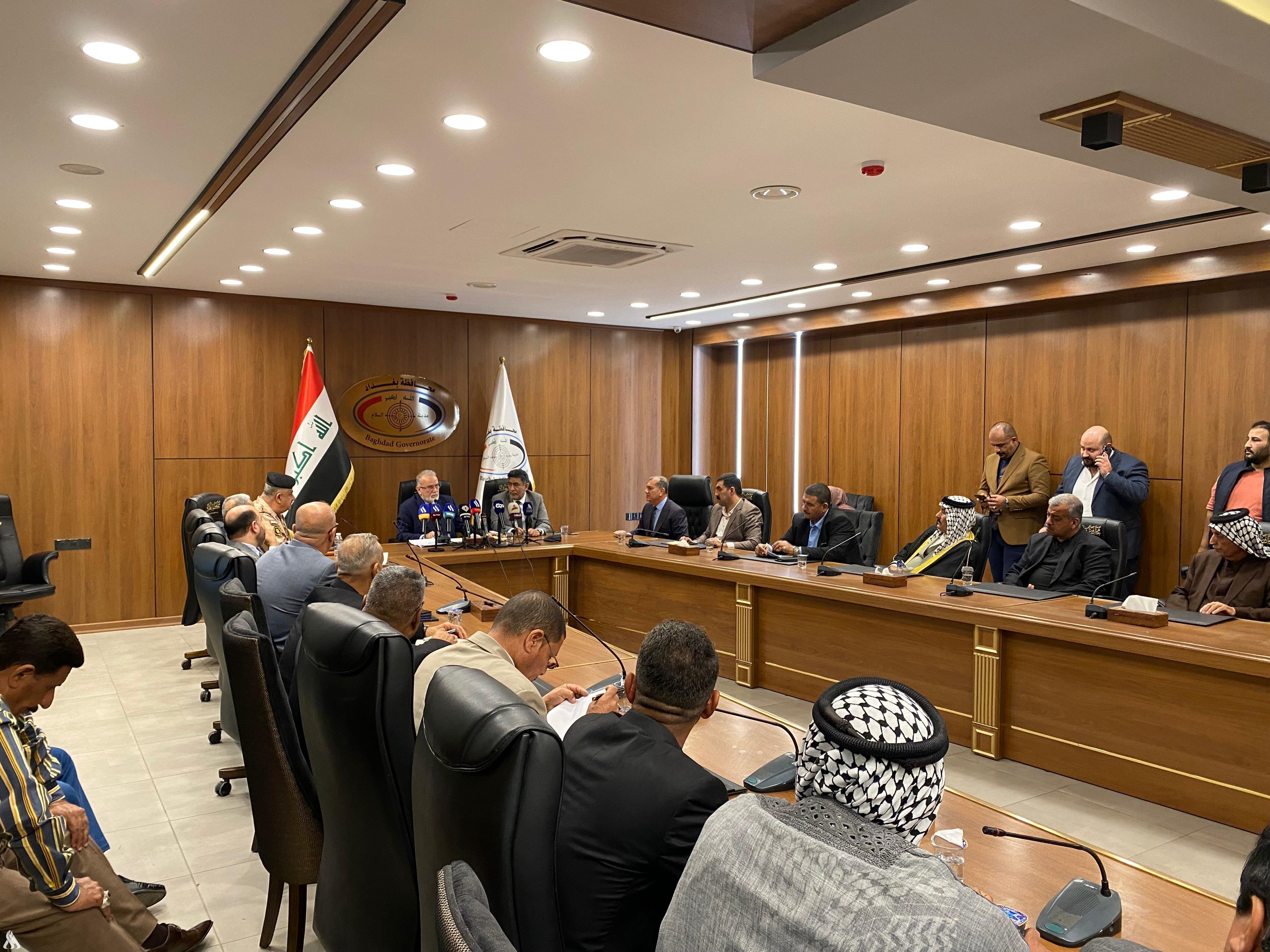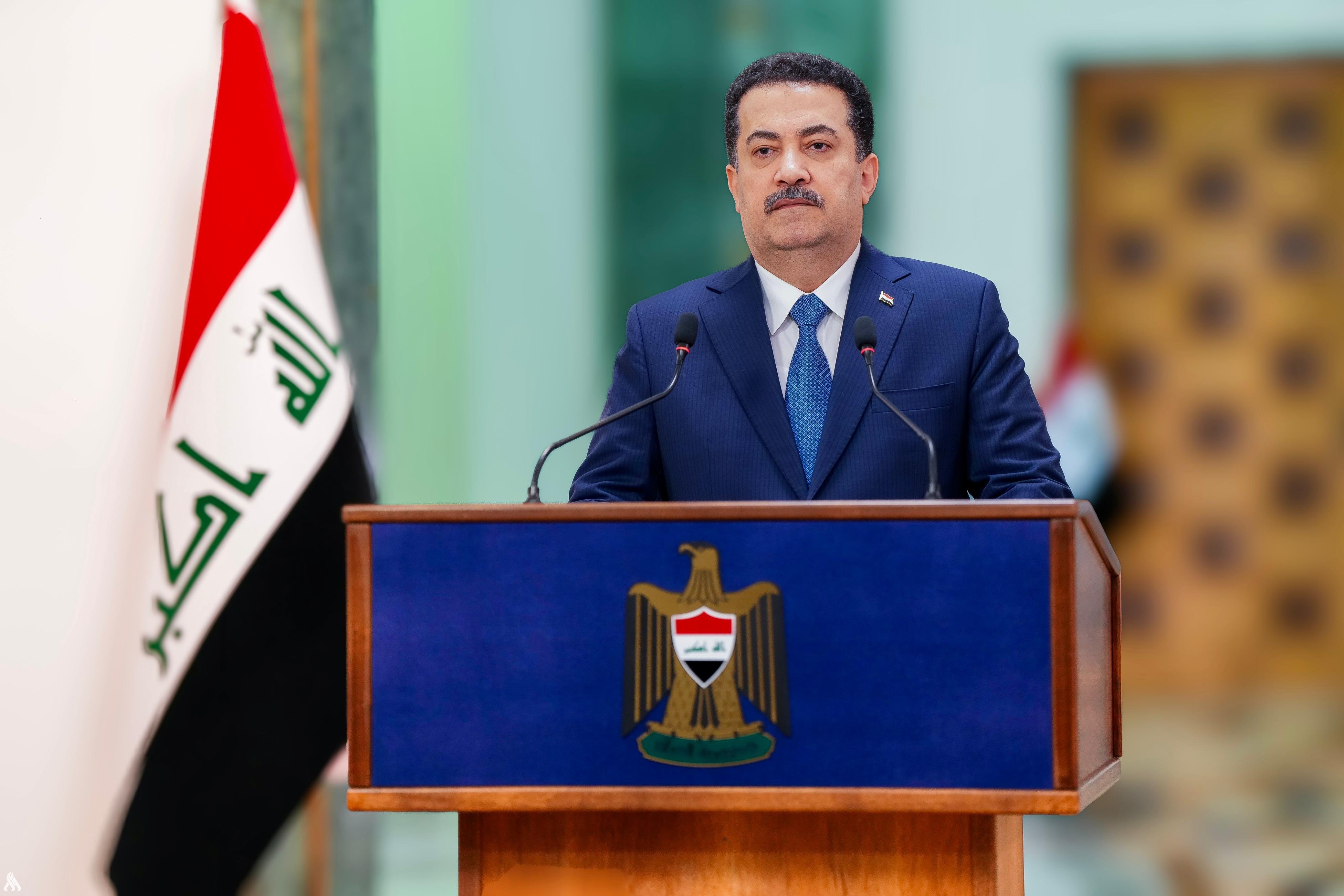
Financial advisor: Iraq has not recorded any failure in the timing of the payment of its debts

- 30-08-2023, 19:13
Baghdad-INA
The Advisor to the Prime Minister for Financial Affairs, Mudher M. Salih, considered today, Wednesday, the World Bank’s estimate of Iraq’s debts at more than $150 billion exaggerated and unreal, and while he affirmed the high creditworthiness of Iraq, he pointed out that no failure had been recorded in the timing of debt repayment during more than a decade.
Salih said to the Iraqi News Agency (INA): “The issue of Iraqi public debts requires a professional differentiation of its history and details, and not taking its numbers without a clear logical analysis, as the internal public debt is approximately 71 trillion dinars, and the government banking system still maintains its possession of these debts in the form of government bonds and treasury transfers, when evaluated in foreign currency, are estimated at approximately 54 billion dollars, while the external debts payable until the year 2028 are estimated at approximately 23 billion dollars, There are debts due after 2028, so the external debt becomes approximately 30 billion dollars.
He added, "There is a debt pending on the Paris Club Agreement of 2004, that is, pre-1990 sovereign debt belonging to four Gulf countries and four other countries, which is about 40 billion dollars, and if it is activated if it is true (because it is, as economically termed, hateful debts because it financed the Iraq-Iran war) at that time, if it is true again, it must be discounted by 80% or more in accordance with the Paris Club Agreement of 2004, so that it becomes less than $9 billion or less.”
Salih continued, commenting on what the World Bank said in its new report that Iraq’s debts exceed 150 billion dollars: He said, “We do not know the method of calculating the debt in the World Bank report. It may include the (hypothetical) deficit in the 2023 federal general budget, estimated at about 64 trillion dinars, and it was approved aside from it, the external debt reached 50 billion dollars, as an expectation of the total internal public debt, which was not achieved. Therefore, the reading of Iraq’s internal and external debts, according to what was published by the World Bank, came to be approximately 152 billion dollars, and this is exaggerated instead of being About $84 billion (excluding the outstanding balance on the Paris Club Agreement as a hateful debt) and what has been published about debt balances is unreal and exaggerated.
He pointed out, "However, the ratio of public debt to GDP, even in light of its unjustified inflation, will remain between 54-57% of the estimated GDP for the year 2023, which is within the currently safe economic stability zone, which is usually estimated at about 60%."
The Advisor to the Prime Minister for Financial Affairs warned that “Financial policy in Iraq adopts a highly disciplinary system in controlling the timing of payment of debt dues (annual installments and interest) or when you pay off the debt once, on its annual due dates, and there are fixed and accurately estimated annual allocations that are monitored in the public budget early to pay debt services and dues, especially Iraq’s foreign debts, and Iraq has not recorded any failures in more than a decade. This is what made Iraq’s creditworthiness high, as Iraq is located within Zone B in the global credit rating tables, which is evaluated by international credit rating Known companies, and periodically since 2015 until today.
Salih explained, “The vast majority of the internal public debt is in the possession of government financial institutions or the government banking system, and it is an (exclusive) internal government matter, and there is a strategy in dealing with this debt, especially since the monetary authority currently possesses approximately 64% of the total internal debt and has the ability to In its management in coordination with financial policy and with high precision, knowing that the banking system receives annual interest on that debt at a rate of 3%, which are included within the annual allocations to the general budget.”
